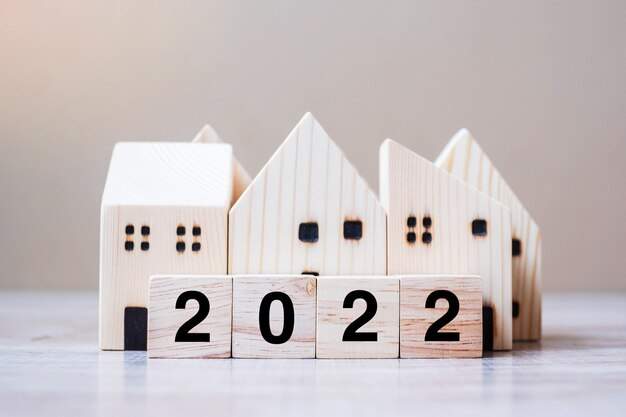The outlook for the global and domestic macroeconomic environment has been clouded over the past week by rising geopolitical tensions in Eurasia. In addition, rising inflation and faltering mortgage applications have added to the turbulence of U.S. financial markets. However, despite these challenges, California’s broader economy and its housing market are showing strength thus far in the face of rising headwinds. Home sales continue to exceed the pre-pandemic average, the market remains incredibly competitive, and active listings have finally tarted to rise in earnest in advance of the Spring home buying season. We even had a brief reprieve on interest rates last week. There’s no question that uncertainty has risen over the past 10 days, but the housing market continues to outperform expectations nonetheless.
Active Listings Statewide Trending Up After Long Winter
After falling in absolute terms for 14 of the preceding 15 weeks leading into the new year, active listings have been rising in California in 7 out of the first 8 weeks of 2022. Last week, the total number of actives rose above 20,000 for the first time since Christmas and are approaching levels seen at the beginning of March 2021. If the trend continues, listings could rise on a year-to-year basis for the first time in more than two years in March, which will provide much needed inventory to potential home buyers.
California Existing Home Sales Hold Up Despite Higher Rates
Despite the rapid rise in interest rates so far this year, existing home sales continue to hold up well. In fact, the first 4 weeks of February saw more homes close in California than during the same 4 weeks in January. Given that January’s pace of sales was still roughly 5% above pre-pandemic levels, this suggests broader resiliency for the market. Sales are still down on a year-to-year basis from the nearly 15-year highs where the market began 2021, but maintaining or exceeding last month’s level despite higher rates and still-depressed inventory levels is an encouraging sign that buyer demand remains relatively robust.
Mortgage Interest Rates Take a Breather Last Week
After rising precipitously during the first 6 weeks of 2022, the average 30-year fixed rate mortgage ticked down by 3 basis points in the latest Freddie Mac survey. This is only the second time in the past 10 weeks where rates have ebbed, and although the reprieve is expected to be temporary, it is welcome news for home buyers looking to lock in current rates before they resume their uptrend. Fortunately, 10-year Treasuries also saw a small reduction in rates last week and with mortgage spreads having increased sharply since the uptrend began, the mortgage market may see rates climb more slowly when they do begin to rise—especially in light of the geopolitical issues discussed in more detail below.
Home Sellers Taking Property Tax Base with Them
Although official statistics from the State Board of Equalization and from individual county assessors is not expected to be available for some time, there are some preliminary indications that some homeowners are taking advantage of recently enacted changes to move to a new home without losing their Proposition 13-protected property tax base on their current home. A survey of more than 800 California REALTORS® conducted late last year showed roughly 30% had worked with a seller who has or will transfer their property tax base to another home. For nearly 1 out of 4 of those, the ability to transfer their property tax base was the motivating factor in the sale, which suggests that property tax portability could help to unlock some additional inventory in 2022.
Global Tensions a Double-Edged Sword for Economy
The recent conflict developing between Russia and the Ukraine will introduce competing economic and housing market impacts in the weeks and months ahead. On the downside, this will introduce more inflationary pressures as global oil supplies from Russia are impacted by sanctions. Increased financial market volatility is likely as well, which could introduce macroeconomic headwinds as consumer pull back from lost wealth and rising prices. On the other hand, global turmoil will likely increase demand for U.S. dollars and for U.S. Treasuries, which could alleviate some of the recent upward pressure on interest rates and could result in less domestic inflationary pressures.
